


Whether you are a kid or an adult, one of the best life skills that you can have is the ability to identify your feelings. Being aware of your feelings allows you to express yourself better, understand your mental health better, and manage triggers and conflicts healthily. This is where the feelings chart comes in.
A feelings chart can potentially help you to navigate the complex feelings that you may have. Keep reading to find out more about what a feelings chart is. You’ll also find 20 printable feelings charts below.
A feelings chart or an emotion chart can help you to identify what you are feeling and help you to put it into words. It can come in various forms which also means that they are great for both kids and adults to use.
You will find that most feelings chart comes in the form of a list, faces of emotions, and a wheel. Usually, for kids, the feelings chart would look more like a list or a bunch of faces with different emotions. For adults, it will be a feelings wheel with primary emotions in the inner wheel layer and secondary in the outer wheel layer.
It can be difficult to express how you really feel sometimes, especially if you are someone who is not used to doing so. This is where a feelings chart can make it easier for you.
You can start using a feelings chart by printing out a copy— whether it is a chart filled with faces or a wheel with emotional words.
Think about how you are feeling internally and select the image or words that you resonate with the most. Once you’ve identified the basic emotion that you are feeling, try to dig a little deeper and see if there are other emotions that you are feeling (you can feel more than one emotion at a time).
Take your time to navigate your emotions slowly. Remember that there is no right or wrong feeling to have. If you are experiencing negative emotions, refrain from self-criticism and remind yourself that it is human to feel that way.
Using a feelings chart can be beneficial in many ways, for both children and adults. Some of the main benefits include:
You may also like: 30-Day Self-Care Challenge: Printables and Ideas
The 25 feelings are feelings that one may commonly experience on a day-to-day basis. It varies, depending on the source that you are referring to. However, these are the typical ones that we have identified:
See also: 20+ Free Printable Mood Tracker Bullet Journal Templates
Here are some feelings charts that you may use as a visual tool to identify your inner feelings. Feel free to save and print these charts to hang in the office or at home. You may also use it as a classroom handout or for personal sessions.
We’ve also included a link to a full PDF version of all 20 charts for free.
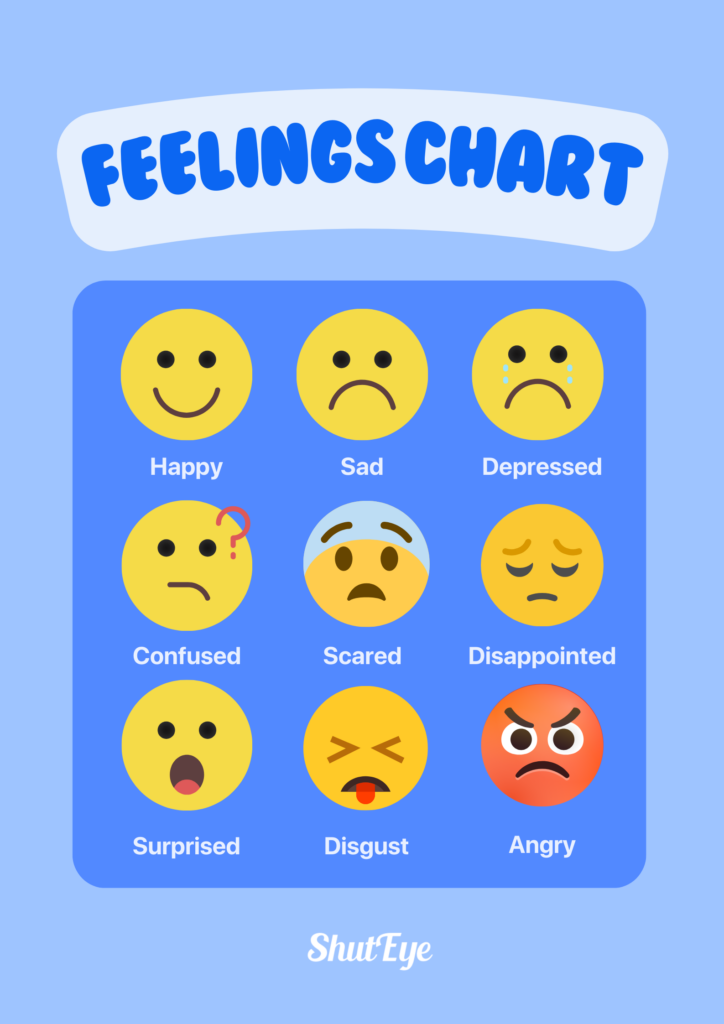
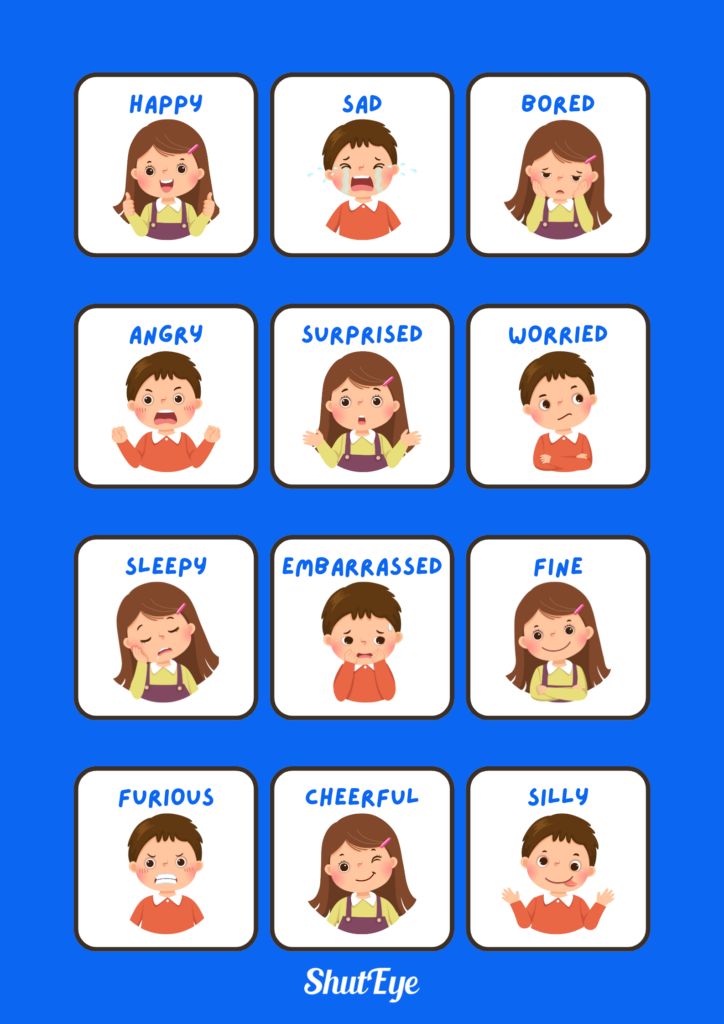
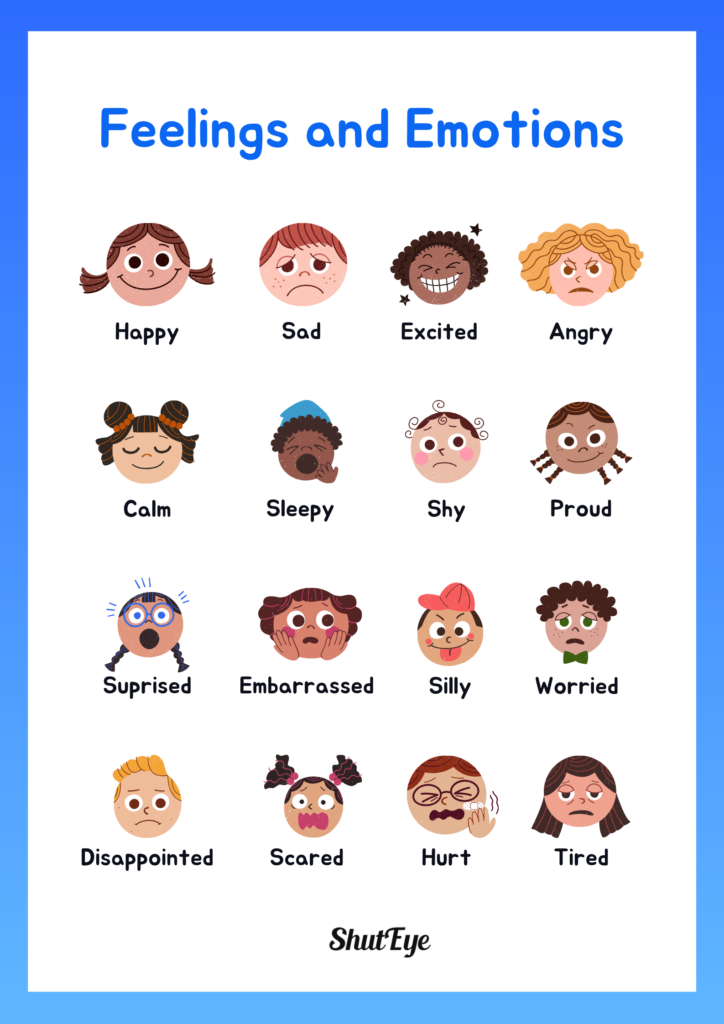
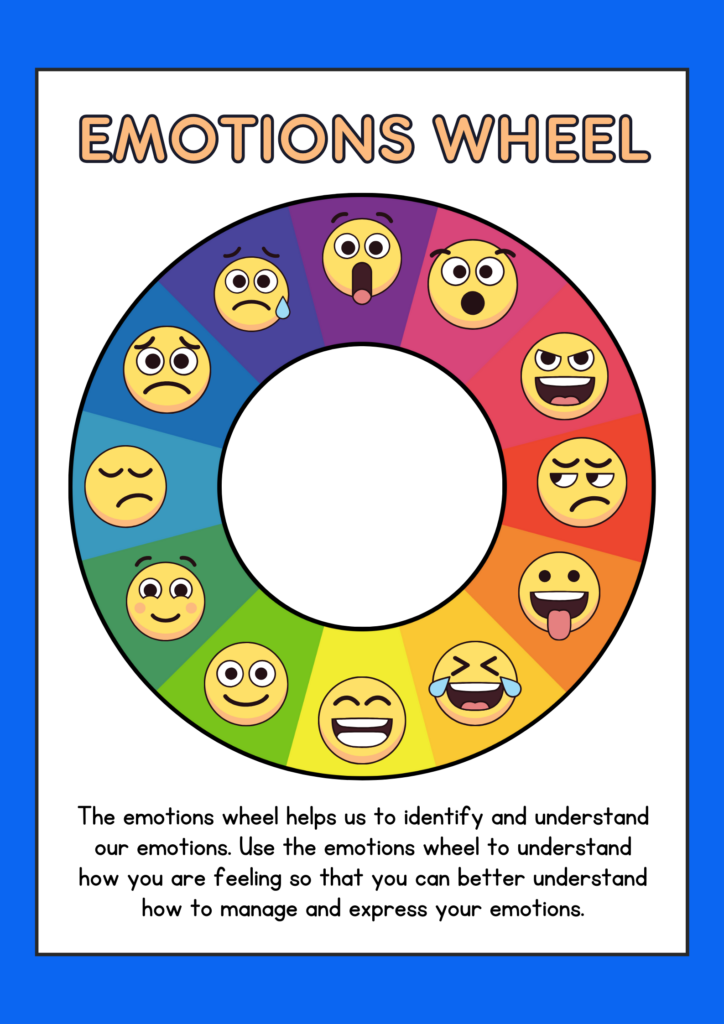
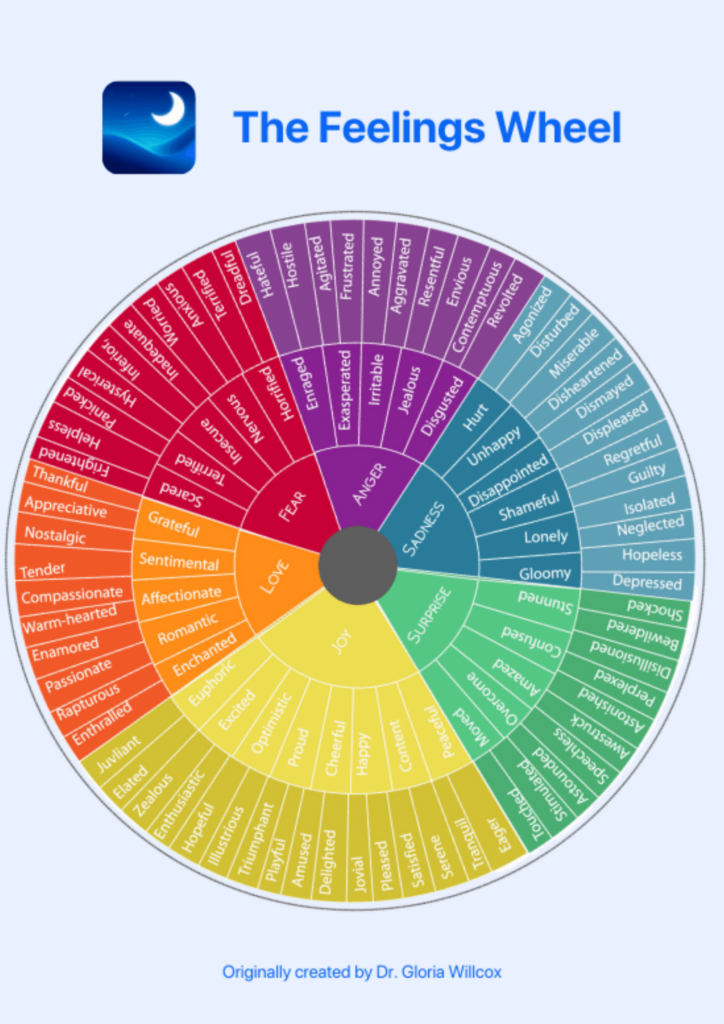
30-Day Wellness Challenge Calendar Ideas | Free & Effective!
Free Printable Water Tracker Bullet Journal Ideas for Beginners
21 Self-care Planner Templates: Free and Printable
21 Free Printable Habit Tracker Bullet Journal Templates